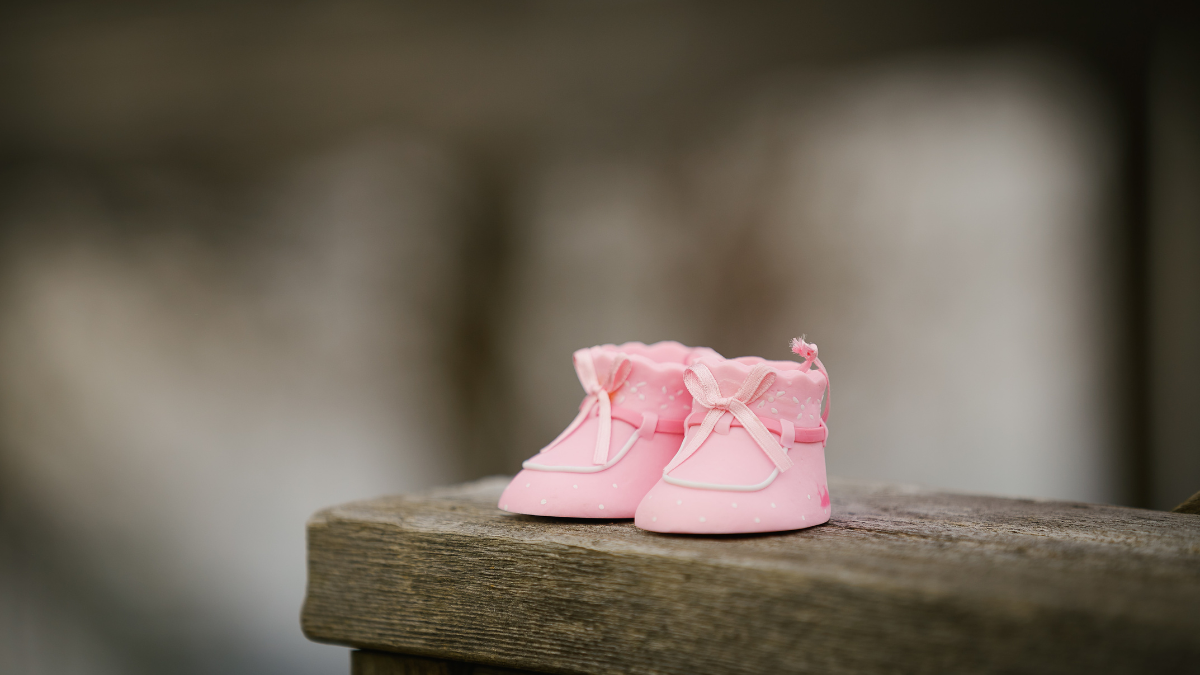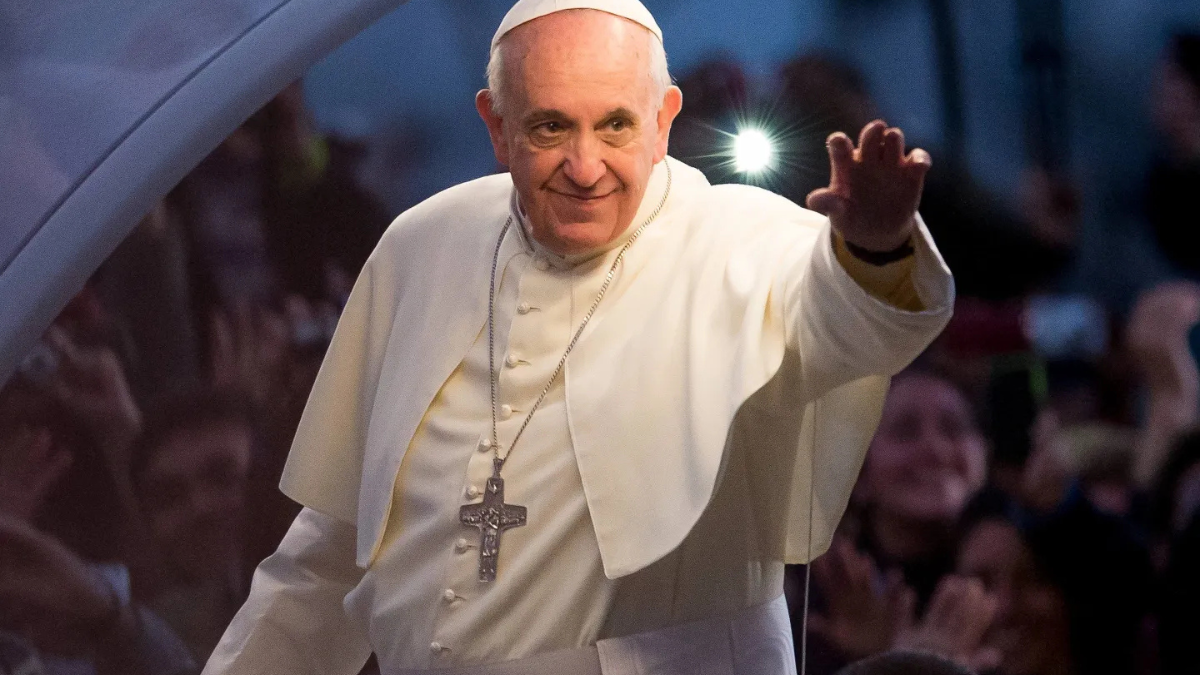

Pro-Life After Dobbs: Ohio, Issue 1, and the Worldview Work Ahead
While states continue to rule on fallout from Dobbs, Christians must resist short cuts in defending preborn life.
08/29/23
John Stonestreet and Maria Baer

A few weeks ago, voters in Ohio rejected a ballot measure that would have made it harder to amend the state’s constitution. As it stands, to amend Ohio’s constitution only requires 50% of the vote plus one. Issue 1 would have raised that threshold to 60%.
The turnout for this vote was unexpectedly high for what appeared to be a procedural change. It was the only issue on the ballot. However, this vote was not merely about a procedure. It was also about abortion.
In November, abortion advocates will put forth a proposal to enshrine the “right” to an abortion in Ohio’s constitution, with no restrictions on the age of the baby or the mother. Had Issue 1 succeeded in Ohio, this new amendment would have been much more difficult to pass. In other words, Issue 1 was the latest chapter in the story of abortion in post-Dobbs America.
Last year, within six months of the Supreme Court’s decision to overturn Roe v. Wade, voters in three states, Vermont, California, and Michigan, added a right to abortion to their constitutions. Kentucky voters rejected a constitutional amendment that would have prohibited almost all abortions. And, in Montana, voters rejected a measure to mandate that doctors care for babies born alive after botched abortions.
The Ohio amendment was not technically an abortion vote, and it strained under additional political realities. Still, we have enough data at this point to assume how state-level politics on abortion are trending.
For decades, under the judicial tyranny of Roe v. Wade, pro-life activism aimed to make abortion unthinkable. The primary strategy was to show that the preborn in question are, indeed, babies by, among other means, making the philosophical arguments in defense of life, offering empirical evidence through funding ultrasound machines, and distributing tiny life-size models of preborn babies. This was done in the context of a growing and constantly improving network of care centers offered to women facing unexpected pregnancies. All of this work made a significant difference and saved an incalculable number of lives.
However, it is important to note that the Supreme Court’s decision in the Dobbs case was not a popular vote. It was a welcome gift of God to the cause, and a world without Roe is better than a world with Roe. However, it is best to remember that it was a court case and should not be viewed as a cultural bellwether.
While it may be the case that at least some of these state-level ballot initiatives may have fared better had they been more clearly worded, the most obvious takeaway is that all our thinking about abortion is happening in the context of a culture steeped in relativism. People are increasingly willing to grant that the preborn is a baby (or at least increasingly unable to pretend it isn’t), but they also tend to have a follow-up question many pro-life activists didn’t anticipate: “So what?”
For many, perhaps the vast majority of people, the highest moral good is individual autonomy, and the default position on abortion is permissiveness. Even those who say they’d “never have an abortion” repeatedly tell pollsters they aren’t comfortable taking away that option for somebody else. In that context, making rules that curb autonomy or being a tiny person who interferes with that autonomy are cardinal sins.
Relativism and the related commitment to personal autonomy are evils built on the false premise that we are the creator and not creatures. In this worldview framework, the only real moral errors are not having the world I desire, being made to do something I don’t want to do, or being prevented from some life I imagine will make me happy.
Any meaningful pro-life agenda must account for this situation on the grounds that we are defending life in a cultural moment in which many are willing to sacrifice everything, even what is acknowledged as a child, to pursue these ends. Ultimately, we’ll need to demonstrate, in both word, and deed, that this premise is false, untenable, and enables great evil. For example, abortion does not free and empower women, despite what has been claimed for decades. We now know that 7 out of every 10 women seeking an abortion feel pressured or coerced. Of course, these women still have a choice, but this is anything but “autonomy” and freedom.
Christians know what happens when “everyone does what is right in their own eyes.” Cultures that worship personal autonomy inevitably violate human dignity. Within a Christian worldview, the dignity of every human person as image bearers supersedes their potential to infringe on someone’s perceived autonomy. We were made for higher and deeper things than feeling comfortable and happy from one moment to the next.
All we have learned about where we really are in this post-Roe moment points to the fact that there will be no shortcuts, legal or otherwise, in our ongoing efforts to protect preborn life. We cannot stop stressing the fact that every preborn child is a unique, valuable, and fully human image bearer of God. We’ll need to champion the very strange idea that marriage, sex, and babies go together and, when they do, they bring strength and flourishing to society. We’ll need to stop enabling and rewarding men who pressure, coerce, or abandon pregnant women, while helping women deal with crisis pregnancies. Let’s get to work.
This Breakpoint was co-authored by Maria Baer. For more resources to live like a Christian in this cultural moment, go to breakpoint.org.
Have a Follow-up Question?
Up
Next

Related Content

© Copyright 2020, All Rights Reserved.













